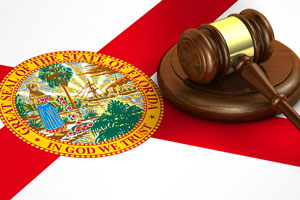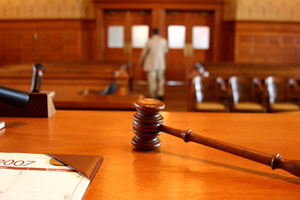The United States Supreme Court held in Tyson Foods vs. Bouaphakeo, et al (577 U.S. ___(2016) that an expert could properly use a statistical sampling of damages claimed to have been sustained by workers in litigation brought under the Fair Labor Standards Act (FLSA). Specifically, the evidence was permissible to establish the required commonality among the parties for certifying and maintaining a class action.
Factual Background
This case was heard by the United States Supreme Court on certiorari from the District Court of Appeals for the Eighth Circuit. It began as a suit by employees of a pork processing plant operated by Tyson Foods, Inc. in Iowa.
The employees worked in different departments of the plant. Their jobs involved, respectively, killing, cutting and re-trimming the product to ready it for packaging and shipment. All of the roles required them to wear protective gear, but the type of gear depended on the job function they performed on a given day. The time required to put on and remove the gear during the day differed depending on the protective gear used. Tyson paid some, but not all, of the Plaintiffs for the time spent in putting on and removing the gear. Tyson kept no record of the time required to be spent by the employees in performing that activity, yet wearing the protective gear was mandatory. The Plaintiffs claimed that because using the gear was mandatory and added to their work time, they were effectively denied overtime pay as required by the Fair Labor Standards Act. In the same suit, a claim was presented under Iowa law.
Procedural History
The Plaintiffs sought certification of the FLSA claims as a “collective action”, and the state law claims as class action. Tyson objected because not all of the employee functions required the same gear and argued that therefore, the wage claims were not similar enough to be resolved on a class-wide basis. At that, depending upon the gear that each employee put on and took off during the workday, different amounts of time were spent. The District Court held that there existed common questions, such as whether or not time spent putting on and taking off the gear, were compensable under the FLSA and they could be resolved on a class-wide basis.
Key Expert Issue and Supreme Court’s Decision
To prevail in the FLSA claim, the Plaintiffs had to prove that all of them worked more than 40 hours per week inclusive of the time involved with the protective gear. The problem was that Tyson had not kept time records. Therefore, the Plaintiffs relied on an industrial relations expert, who videotaped employees putting on and taking off the protective gear. He determined how long it took the employees in each work category, added that time to 40 hours, and was able to determine which class members worked more than 40 hours. Tyson objected to the expert’s method because the differing amount of time for putting on the gear by different categories of employees would result in overtime going to some employees who did not work overtime.
The District Court certified the class, and the Supreme Court affirmed. The Supreme Court also held that despite the different job descriptions and time involved with the protective gear, the expert’s technique was acceptable. It reasoned that it was the only feasible way to establish liability, in this case, because Tyson kept no other time records. It held further that the appropriateness and admissibility of statistical, rather than direct evidence, is fact-driven.







